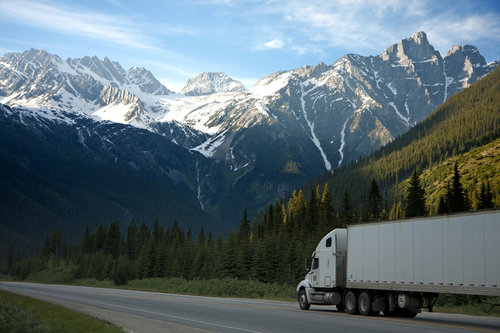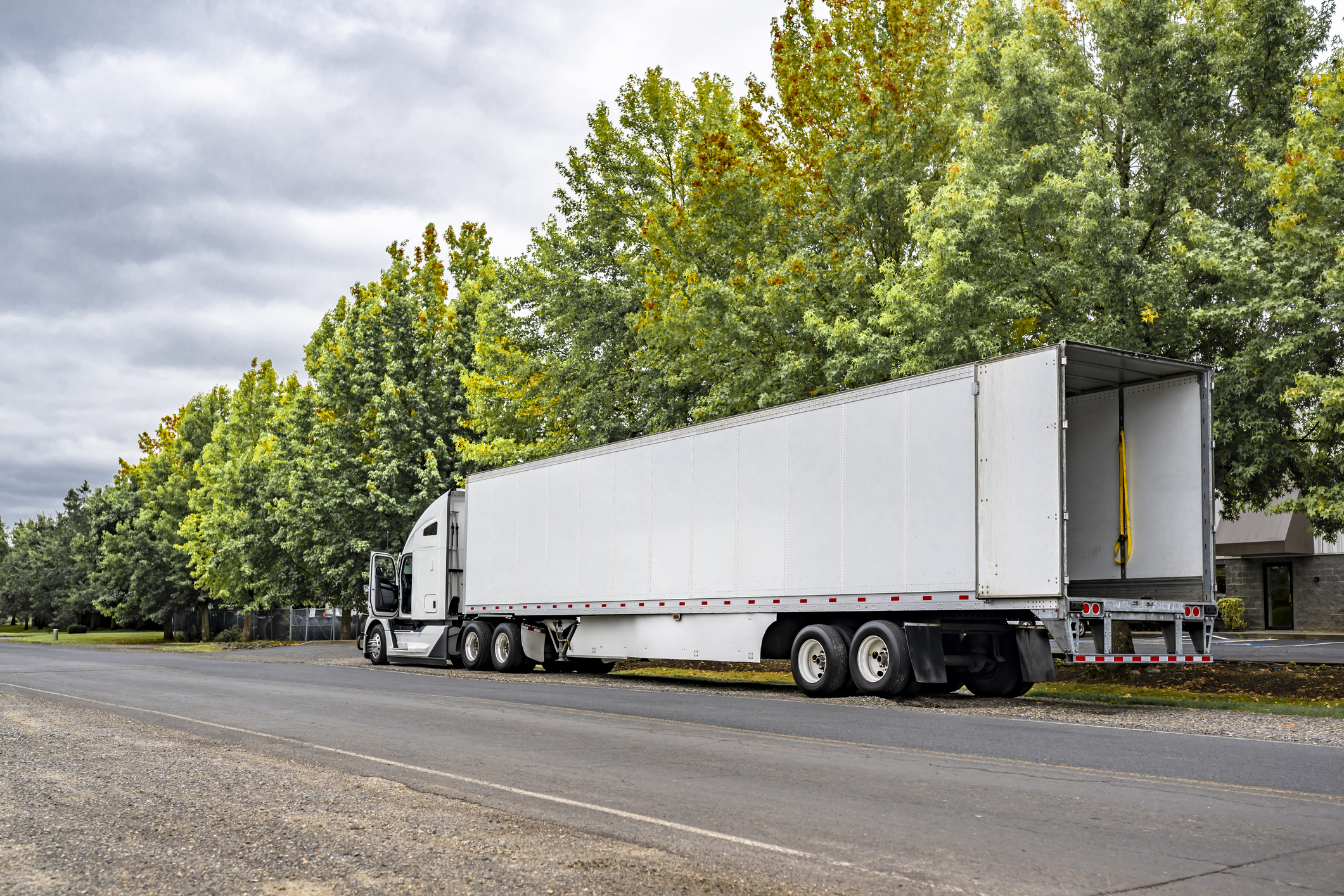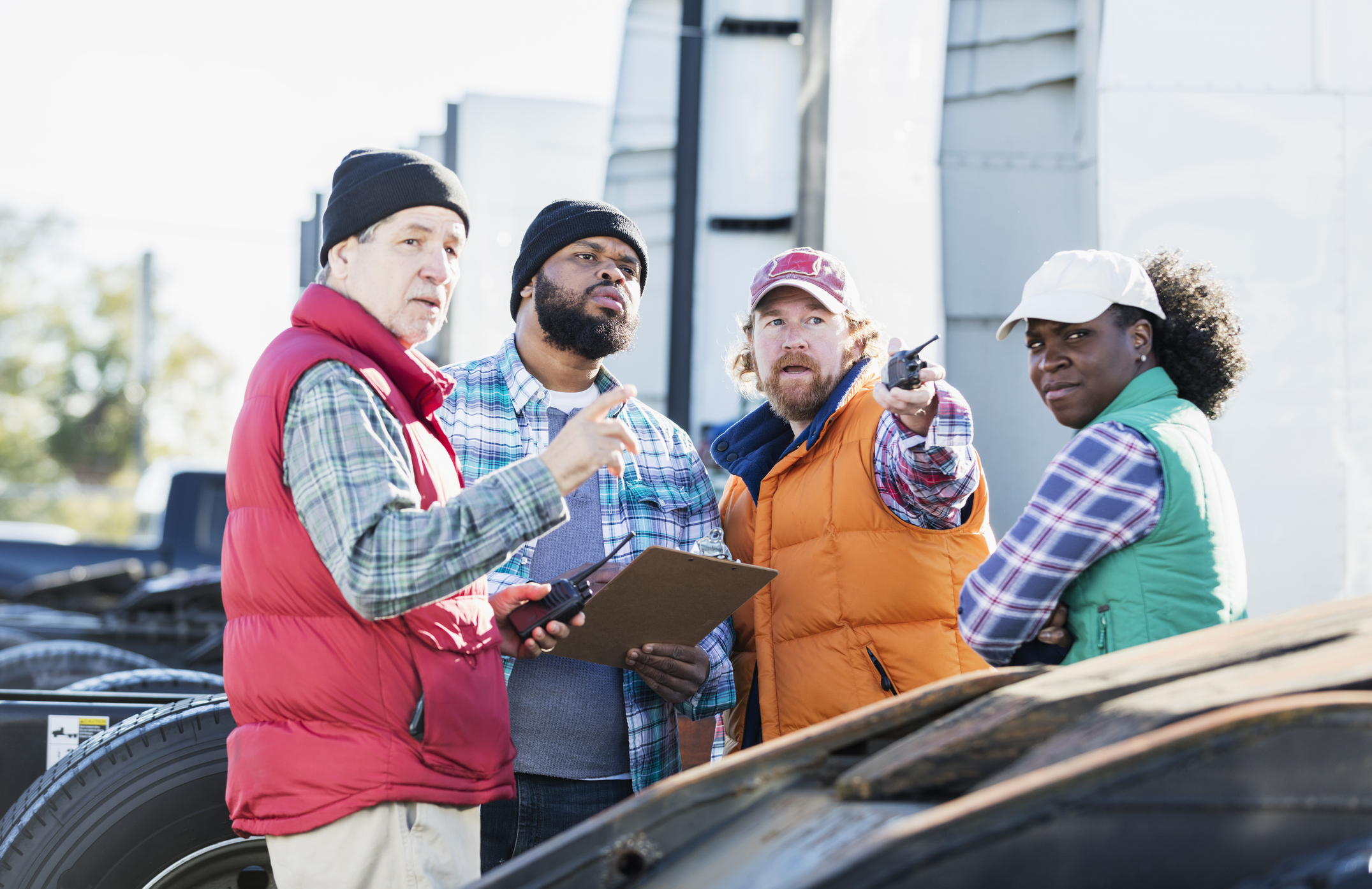3 Top Reasons Why Trucking Accidents Happen (and 4 Ways to Stop Them)

It’s a call that no company ever wants to receive—that one of their drivers has been killed or seriously injured while out on the road.
Between being in touch with family members, working with law enforcement and letting other drivers know of the tragedy, there’s a lot of grim work to be done.
And, for the fiscal health of the company, the outcome can be just as dreary. According to the Federal Motor Carrier Safety Administration, the cost of an accident can range from $172,292 for an accident without injuries all the way up to a crippling $7,633,600 for a fatal accident.
Needless to say, for many reasons, safety should be a central component of every modern trucking company. Still, accidents will happen.
A separate FMCSA study notes that the top three causes of accidents are driver error, vehicle condition, and environmental issues—90% of which are preventable.
Here’s a closer look at the three top reasons why trucking accidents happen, along with 4 ways to keep accidents at bay.
Reason #1: Driver Error
While truck drivers can and do make preventable mistakes, one of the top causes companies cite for accidents is unsafe driving by passenger vehicles, including driving in a truck’s blind spot, making abrupt lane changes, passing in an unsafe manner and other dangerous maneuvers.
While the nature of other drivers on the road are out of a truck driver’s control, there are things companies and truck drivers can do to reduce the likelihood of an accident.
The Solution: focus on training. From day one—and every day thereafter—make sure your drivers are aware of the vehicles around them and provide them ongoing safety training. The best way for companies to reduce errors is to coach drivers to always be vigilant of inattentive and dangerous drivers.
Reason #2: Vehicle Condition
By design, trucks are meant to be on the road for the majority of their lives. They’re running nearly 24/7, across the continent, through all sorts of weather and wear. Accordingly, trucks can get a little beat up, and drivers are usually the first (and only) line of defense against serious vehicular issues.
The Solution: safety checks. Blown tires, disastrous mechanical issues, and other dangers all have warning signs, and it’s up to your drivers to notice. Make sure drivers are doing pre- and post-trip inspections. Beyond that, it’s essential to give the right resources to conduct safety checks while on the road.
Reason #3: Environment
Screaming down the Rocky mountains at 55 MPH with a full load can be scary enough, but add sleet or ice into the mix and it’s downright scary. While environmental factors may be entirely out of a driver’s hands, they do have the power to pull over.
The Solution: give your drivers the autonomy to stop. No load is worth an accident.
A Universal Way to Lower Accident Risk
As the saying goes, an ounce of prevention is worth a pound of cure. It’s best not to get in a situation where safety is in question at all.
Many times, these kinds of incidents are out of the driver’s control, and it’s up to their company to fix larger, overarching issues that contribute to the problems.
And an integral way that companies can learn precisely what they need to do to create a safer environment is to let their drivers give anonymous feedback. When drivers can give headquarters anonymous information related to their safety—whether that’s vehicle condition, environmental concerns or something else—you’ll have a safer team of drivers.
A lower accident risk and a safety-first mindset create substantial engagement. And, as a bonus, when you promote a culture of safety on your team, you’ll see the bottom-line benefit of retention.
Learn how anonymous feedback helped one company reduce turnover 16% and save over $580,000 in the process—read this impressive case study.
Let's Build Better Workplaces Together
Revolutionize your company culture and your worker retention rates by improving communication and engagement.
Book a Demo

